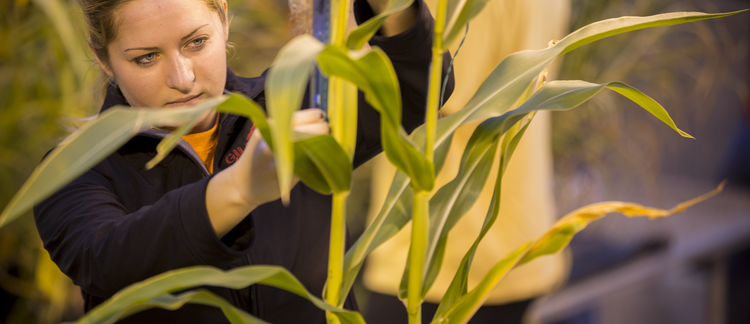Abstract
In the recent past, the specialty crop segment of U.S. agriculture has seen tremendous growth. Increasing numbers of growers are interested in diversifying their farm operations and growing crops sustainably without chemical inputs. Consumers are interested in how their food is grown and willing to incentivize growers who use sustainable and environment-friendly production practices. Growers are reducing synthetic fertilizers and pesticides and adopting manure, compost, and cover-crop-based cropping systems. They also are interested in learning about integrating crop and livestock production to diversify. Consumers often associate integrated production systems with a healthier product and increased animal welfare. Integrated systems can include cover cropping, crop production, and/or livestock integration. Benefits of cover cropping include a decrease in soil compaction, improved soil structure, increased soil microbial activity, nutrient recycling, weed suppression, interruption of insect and disease pest cycles, reduced erosion, increased water holding capacity, increased soil organic matter, and nitrogen scavenging. Integrating vegetable production with livestock (including poultry) production can increase soil nutrition and soil organic matter, offering additional business opportunities for vegetable producers by adding a potentially high-value product such as pasture-raised poultry or forage-raised livestock to a vegetable production system. A system that integrates crops, livestock, and cover crops not only combines the aforementioned benefits, but also potentially reduces input costs (compost application, feed, etc.). Additionally, integrated systems can increase farm resiliency by allowing for the success of one product to compensate for the failure of another. Organic producers are in need of cost reduction strategies that remain in compliance with organic standards. Organic standards require less reliance on off-farm inputs and emphasize soil management and nutrient recycling. Integrating livestock production with crops could help accomplish this goal. A project that studies the effects of a diversified cropping system can provide research-based findings on benefits of livestock and crop integration, specifically poultry and vegetables (how this impacts soil health, accomplishing organic production goals, reducing off-farm inputs, and increasing farm profitability). To determine the effects of an integrated cropping system suitable for vegetable growers, this project is investigating changes in soil properties, crop performance, poultry health, and farm profitability over three growing seasons. A total of three rotations were designed (Figure 1) to compare two vegetable-poultry-cover crop systems with a typical vegetable-cover crop system. The hypothesis is the implementation of integrated systems will increase soil health and also increase farm profitability and resiliency.
How to Cite:
Bilenky, M. & Nair, A., (2018) “Integrating Vegetable and Poultry Production for Sustainable Cropping Systems”, Iowa State University Research and Demonstration Farms Progress Reports 2017(1).
Downloads:
Download pdf
View PDF
449 Views
147 Downloads

